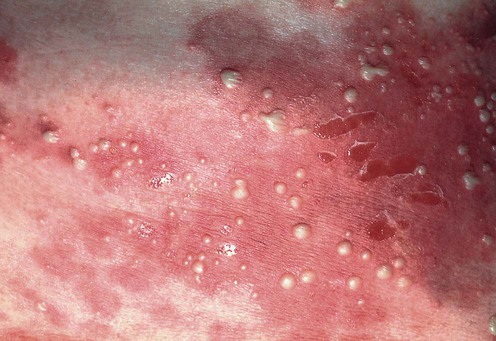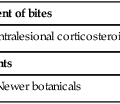Subcorneal pustular dermatosis>

Specific investigations
Second-line therapies
Third-line therapies
Infliximab (anti-tumor necrosis factor alpha antibody): a novel, highly effective treatment of recalcitrant subcorneal pustular dermatosis (Sneddon–Wilkinson disease).
Voigtlander C, Luftl M, Schuler G, Hertl M. Arch Dermatol 2001; 137: 1571–4.
Two reports of initial but in one case not sustained benefit of infliximab given at standard doses.







 Dapsone
Dapsone Sulfones
Sulfones Corticosteroids
Corticosteroids Etretinate (no longer marketed)
Etretinate (no longer marketed) Acitretin
Acitretin PUVA
PUVA Narrowband UVB
Narrowband UVB Broadband UVB
Broadband UVB Etanercept
Etanercept Infliximab
Infliximab Tacalcitol (1α,24-dihydroxyvitamin D3)
Tacalcitol (1α,24-dihydroxyvitamin D3) Mizoribine
Mizoribine Ketoconazole
Ketoconazole Tetracycline, minocycline
Tetracycline, minocycline Benzylpenicillin
Benzylpenicillin Vitamin E
Vitamin E Mebhydrolin
Mebhydrolin
